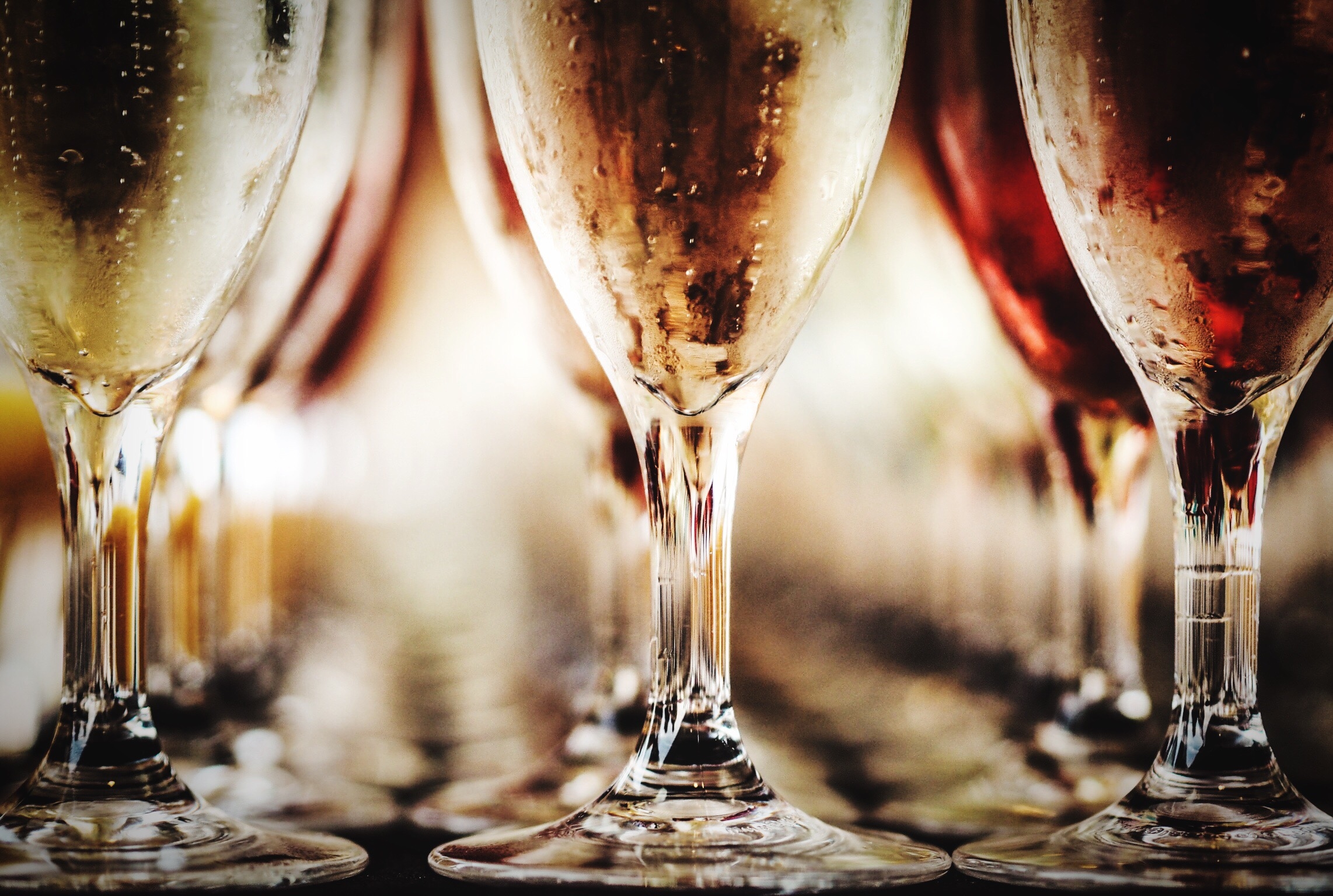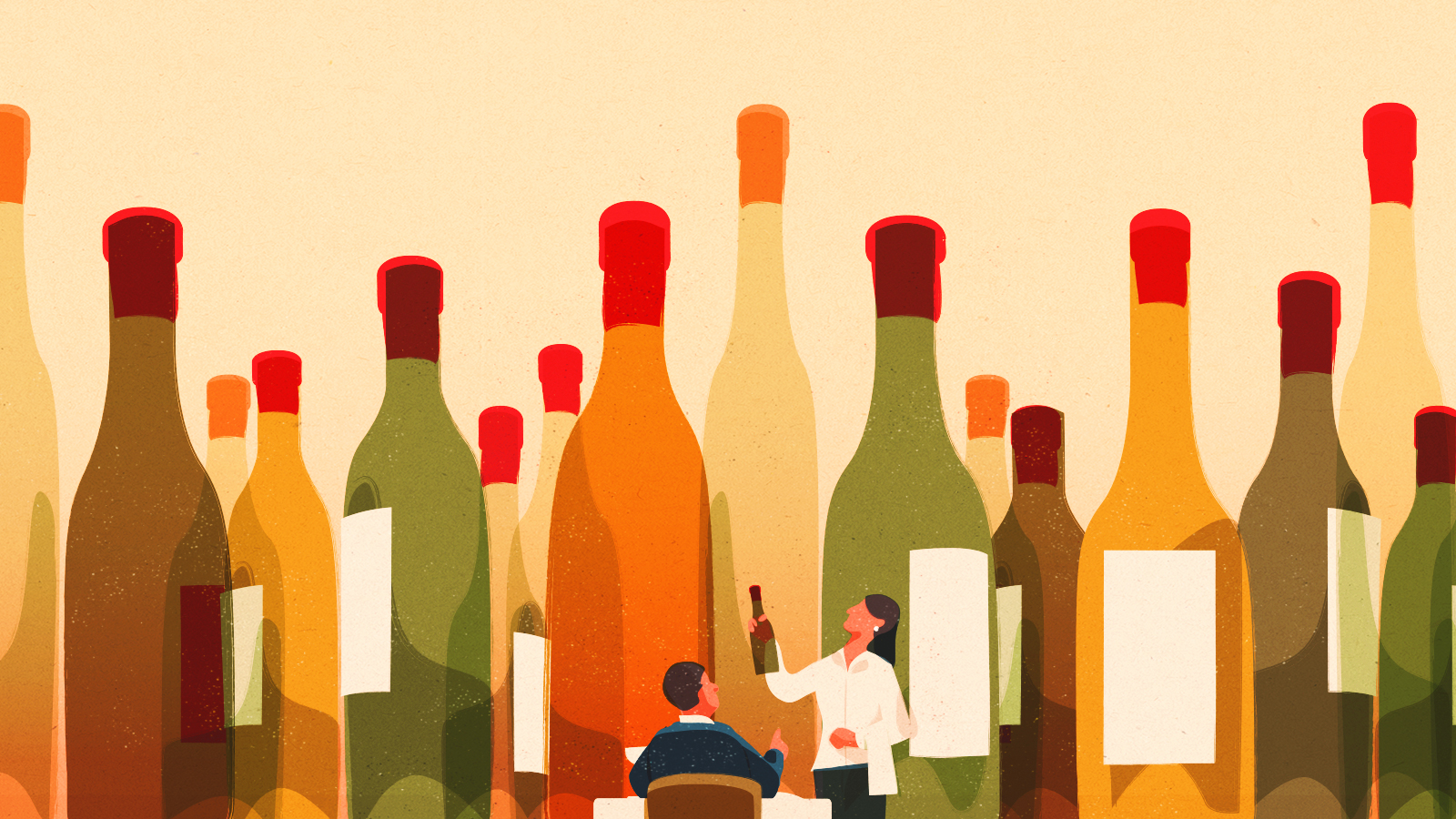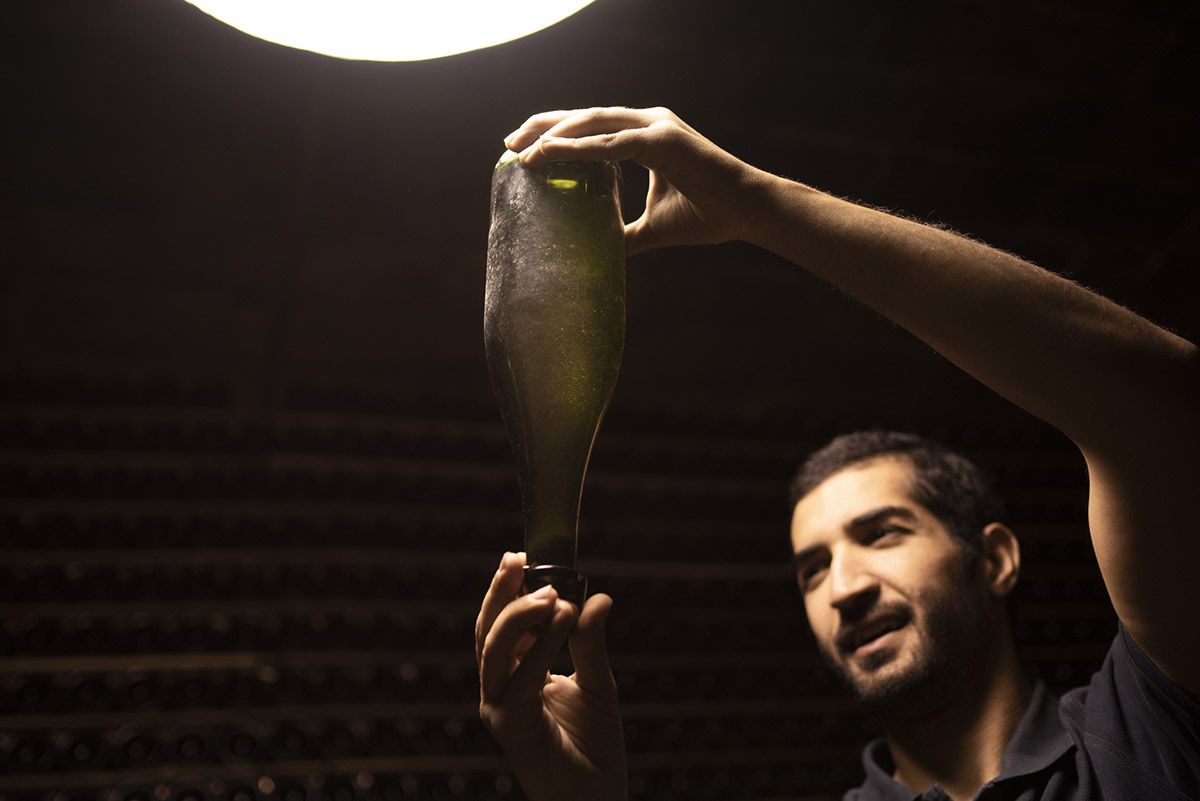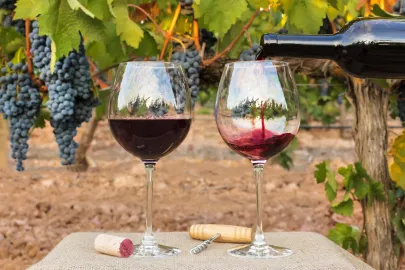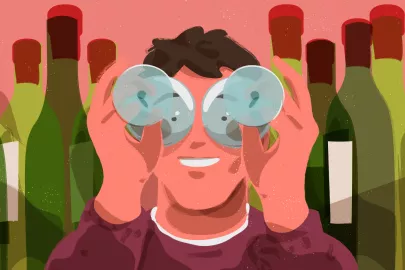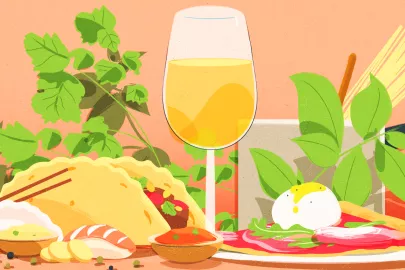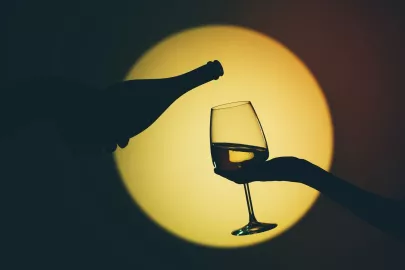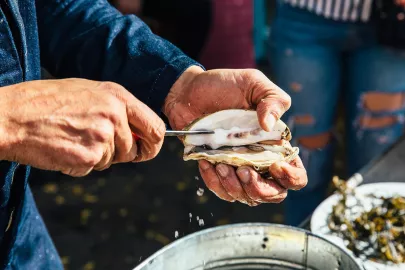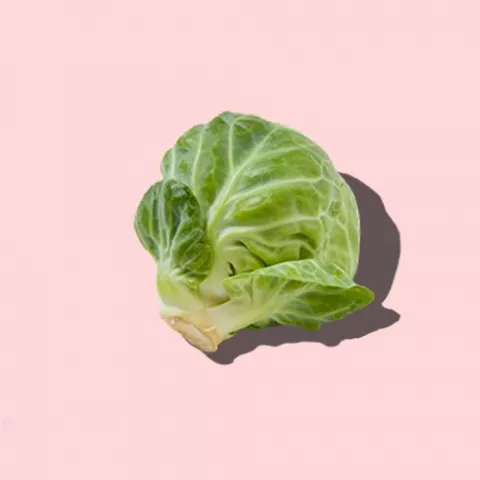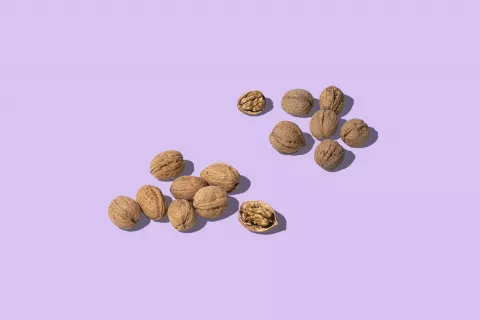5 Bottles of French Bubbles Under $50 to Toast with This Holiday Season
No holiday season is complete without a bottle of sparkling wine, though contrary to popular belief, there are far more French sparkling wine options than you may think. Although Champagne is the most obvious choice, France’s sparkling wine scene is shimmering with a plethora of other options beyond what meets the eye – and if you dig deep enough, you’ll likely find some equally delicious (and much more budget-friendly) alternatives. Not sure where to start? We’ve got a few ideas. Grab your flutes, check out our guide below, and get ready to pop some corks.
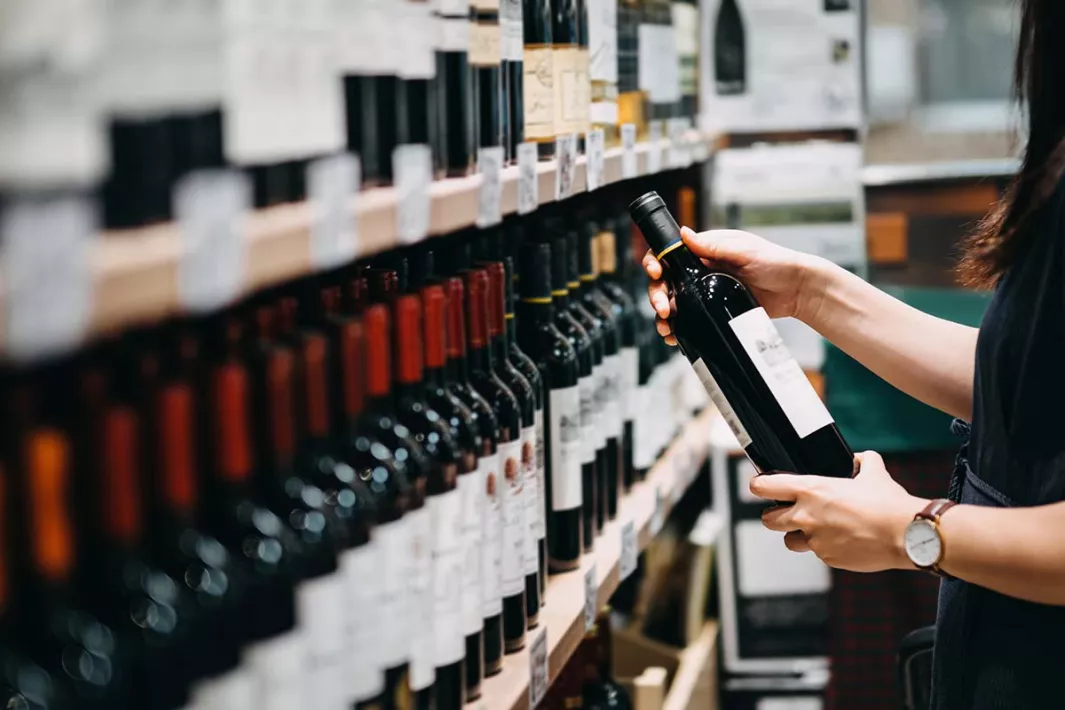
Champagne
There’s a reason why Champagne has long been a go-to favorite for holiday gifting, parties, and more. These quintessential bubbles are the backbone to France’s sparkling wine industry and have made quite the name for themselves worldwide. Produced from the region's holy trifecta of grapes (Chardonnay, Pinot Noir, and or Pinot Meunier), these wines undergo a secondary fermentation in bottle and require a minimum of 12 months of aging on the lees prior to release. High quality, extensively aged, and meticulously crafted, these world-class bubbles are cream of the crop – and although most cru-designated bottles will run you over the $50 price point, there are plenty of entry-level, non-vintage cuvées just waiting to be found below the $50 mark.
Recommended bottle: Henriot Brut Souverain NV - Crafted from a 50/45/5 blend of Chardonnay, Pinot Noir, and Pinot Meunier, this wine uses fruit from over 25 crus across the Côtes des Blancs and Montagne de Reims regions in France. This golden-hued wine shows creamy flavors of baked apples, peach, brioche, and a touch of yeast.
Crémant du Jura
Never heard of the Jura before? If you can’t get enough of Champagne, then you’re definitely going to love these bubbles. Located southeast of Champagne, sparkling wines from Jura are also produced via the méthode champenoise (that’s the process requiring secondary fermentation in bottle), these wines are mostly crafted from Chardonnay, Pinot Noir, and/or Trousseau, though minimal amounts of local Poulsard and Savagnin are also allowed in the blend. For Champagne-style bubbles on a budget, this is your go to.
Recommended bottle: Tissot Crémant du Jura NV - This Extra Brut bottle of bubbles comes from one of Jura's leading pioneers of natural winemaking. Crafted from 50% Chardonnay, 40% Pinot Noir, and equal parts Poulsard and Trousseau (5% each), this full-bodied and flavor-packed wine shows flavors of yellow apples, citrus rind, butter, and toast.
Blanquette de Limoux
Although far less popular than the two sparkling wines above, Blanquette de Limoux is one of France’s most historical styles of sparkling wine. Produced in southwestern France, these wines are believed to be the first bottles of bubbles ever produced in the country, long before Champagne gained its world renown. Blanquette (meaning little white) from Limoux must be produced with a blend dominated by the local Mauzac grape, with small amounts of Clairette, Chenin Blanc, and Chardonnay also allowed in the mix. Grapes are generally vinified separately prior to bottling, upon which liqueur de tirage is added to ignite a secondary fermentation. These wines tend to show crisper, zestier, and more apple-driven flavors than the other wines listed above – and often have a much more approachable price tag.
Recommended bottle: Château Rives Blanques Blanquette de Limoux NV - Crafted entirely from Mauzac, this zippy Blanquette de Limoux shows flavors of red apple, citrus, and toast. Château Rives Blanques ages their Blanquette for two years on the lees prior to bottling (much longer than the average producer), which adds texture and weight to this traditional method sparkling.
Crémant de Loire
Similar to their Jura-based counterparts, crémants from the Loire Valley are also produced using the méthode champenoise (otherwise known as the méthode traditionelle), meaning that a secondary fermentation takes place in bottle. However, contrary to Jura, crémants from the Loire are mostly produced from the local Chenin Blanc variety, though Chardonnay and a handful of other grapes are also permitted in the blend. These wines require nine months of lees-aging (as opposed to Champagne’s 12) before release, meaning that they tend to also be more fruit-driven and zesty.
Recommended bottle: Château de Brézé Crémant de Loire Brut - This thirst-quenching bottle of bubbles is produced in the Loire Valley’s famed Château de Brézé, a 15th century castle that overlooks Saumur. Crafted from Chenin Blanc and Chardonnay, this rich and round wine shows flavors of green apple, honey, and a touch of lemon.
Crémant d’Alsace
By now, you’ve probably got the whole crémant thing down – sparkling wine, Champagne style, secondary fermentation. In Alsace, these bubbles are generally produced from Pinot Blanc, Pinot Gris, Pinot Noir, Riesling, Auxerrois, and/or Chardonnay. Blends or single-varietal wines are both permitted by the appellation. We find that the best way to enjoy these affordable Champagne alternatives is with perfectly paired Alsatian cuisine – think sauerkraut, flammekueche, and more. For those looking for a pink bottle of bubbles, spring for a Crémant d’Alsace Rosé, which is produced from 100% Pinot Noir.
Recommended bottle: Pierre Sparr Crémant d’Alsace Brut Réserve - Produced from an 80/20 blend of Pinot Blanc and Auxerrois, this refreshing bottle of bubbles promises to please a variety of palate preferences. Light and easy-drinking, the wine shows flavors of melon, stone fruit, lemon confit, and a touch of grilled nuts.
Creator
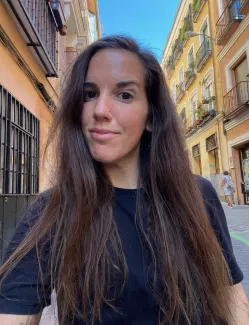
Editor

